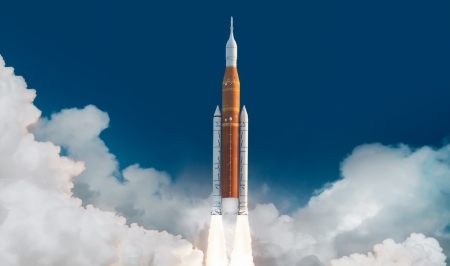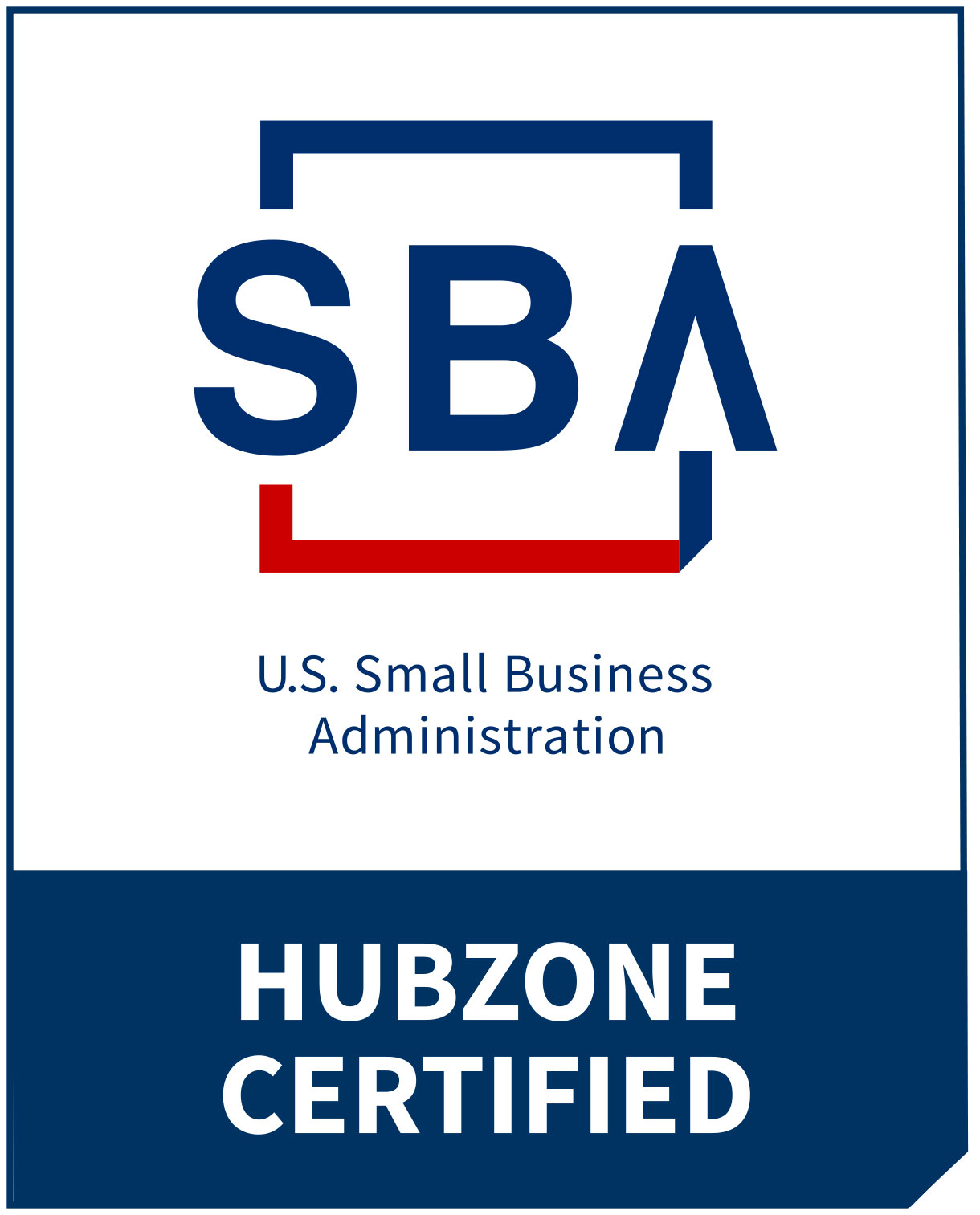Orion and a Holiday Leap. For all humankind. The NASA Orion spacecraft lept up from the earth and traveled around the moon.
While earthbound humans Holiday shopped, and decorated, the spacecraft Orion completed its holiday leap around the moon. ER Precision Optics brings you the facts behind this legendary journey.
Orion’s Holiday Leap Ends With Perfect Splash-Down

The Orion Space_ craft of the Artemis I Mission.. (Closeup of the Earth-Bound Mock-up.)
Perhaps Orion’s Dec. 11 splash-down will always be famous for completing the Artemis I mission. With it, humankind has begun a new outreach to the moon and beyond.
What Can Dummies Say About Space Travel?
The spacecraft carried two important adventurers, and two human-shaped test dummies. Of course, they were loaded with high-tech sensors and gears. They occupied 2 of the seats which will be taken by human astronauts in 2024 during the Artemis II project.
NASA reported, “The suit has some influence on how the body responds to the loads,” stated Langley project engineer Jim Corliss.
Then he added graphically, “Imagine you have a helmet on your head that has some weight to it. Lateral loads contribute to throwing your head side to side…” And he concluded, “ So there’s an advantage to understanding how the test dummies respond with and without the helmet.”
Landing is Just as Dangerous as Leaping
Like the space capsules of old, the Orion spacecraft landed by splash-down in the Pacific Ocean. The parachutes opened perfectly, “west of Baja California, at 9:40 a.m. PST.”
Orion Makes Giant Leap in Technological and Scientific Accomplishment

There is No Crew on the Orion Space-Craft. However, There Will Be Humans Aboard During the Next Mission in 2024.
The Orion broke records with its exquisite Dec.11, 2022 splash-down. In fact, this spacecraft has been breaking them since it launched Nov. 16th, 2022. Let’s take a look at a few of its accomplishments.
- It traveled more than “1.4 million miles on a path around the Moon,” Then it safely leapt back to Earth, skipping off the atmosphere to slow down. Artemis I was a serious test flight for Artemis II, which will carry a human crew.
- Orion began its holiday leap for humankind in the days before Thanksgiving. Orion leapt from earth “with a successful liftoff of NASA’s Space Launch System (SLS) rocket Nov. 16.” Thus, the holiday leap began “from Launch Pad 39B at NASA’s Kennedy Space Center in Florida.”
- NASA spared no test during the Orion’s flight of 25.5 days. The scientists needed to know if it could endure deep space challenges. Only after the strictest challenges could scientists trust it with human lives for the next mission, Artemis II.
- Thus, the little craft went deeper into space than any previous craft designed for a human crew. It went 40,000 miles beyond the moon.
Why ER Precision Optics Calls Orion’s Mission a Giant Holiday Leap for Humankind

On the Launch-Pad, Preparing For the Holiday Leap…
We have more statistics that exceed the word “accomplishments.”
1. During the mission, Orion performed two lunar flybys. It came within 80 miles of the lunar surface.
2. Orion traveled nearly 270,000 miles from our home planet, “more than 1,000 times farther than where the International Space Station orbits Earth…” The mission was thus deliberately designed to “stress systems before flying crew.”
3. Re-entry was perhaps Orion’s biggest test. The spacecraft endured temperatures about “half as hot as the surface of the Sun at about 5,000 degrees Fahrenheit.”
4. When it was nearing splashdown, Orion slowed was going at the jaw-dropping speed 25,000 mph. It had to slow to about 20 mph. Then Orion had to deploy its parachutes to complete its perfect soft landing.
Terrific Take-Aways from Orion’s Holiday Leap
Experts at NASA reported, “With splashdown we have successfully operated Orion in the deep space environment…” There it exceeded NASA’s expectations. To top off that success, Orion proved it could return home through blazing speed and heat.
The Human Factor Behind Orion’s Artemis I Mission
Equal with the astounding technology that made Orion’s Holiday Leap was the human factor. The mission included national and international support. There was help and cooperation at every level.
To Whom Roses Are Due: Orion Makes Holiday Leap for Mankind

ER Precision Optics Wishes You the Most Wonderful Holiday Magic!
NASA hastened to compliment the thousands of humans who helped Orion make this giant leap for humankind.
- We join NASA in congratulations of the Construction Contractors, who built the spacecraft and its rocket, as well as the ground level infrastructure.
- Likewise, we appreciate the international and university colleagues who contributed research and equipment.
- And we send thanks to even the smallest businesses that were part of the project. All of these sectors have inspired, “the world to work together to reach untouched cosmic shores. The Artemis I project is a “huge win for NASA, the United States, our international partners, and all of humanity.”
Here at ER Precision Optical, we humbly acknowledge our own general part in missions such as these. We create silicon crystals and optical components like the ones that helped Orion make a Holiday Leap for All Humankind.
A Special Note for the Holidays from the Owners and Staff of ER Precision Optics.
The Holidays of Christmas, Hanukkah and Kwanza, give us the opportunity to express our appreciation to our supporters. We believe our friends, colleagues, vendors, and clients, are the cornerstones behind our success at ER Precision Optics.
Beyond saying “Happy Holidays,” this note is to offer you genuine thanks for your support over 2022. We hope your holiday season is decorated with the happiness and wonder.


